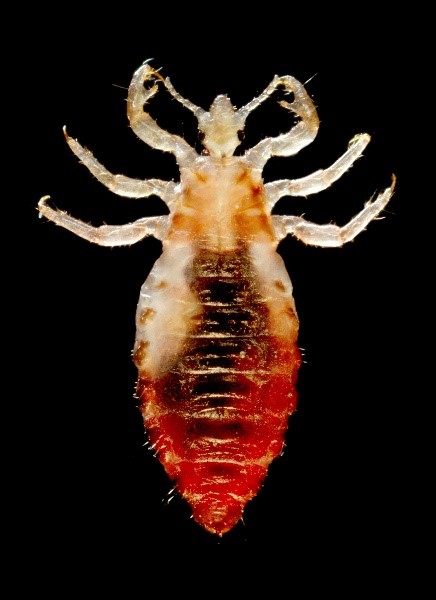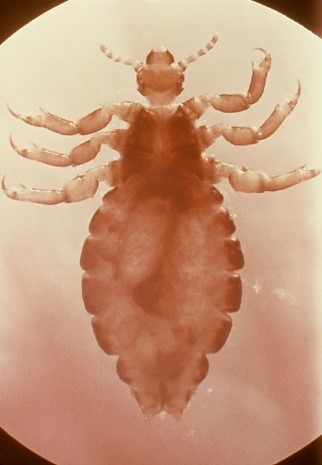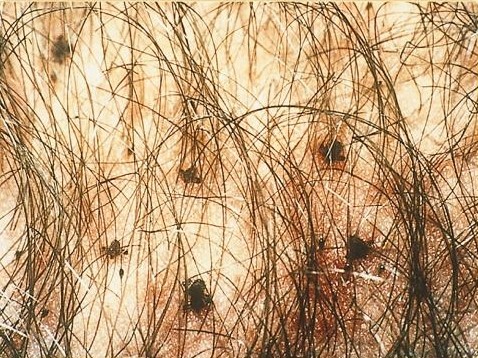Lice
Introduction There are 225 species of sucking lice worldwide. They parasitize their hosts externally by puncturing their skin and sucking their blood, and the male is no different than the female. They are small, wingless insects with a flattened body from top to bottom, and they are slow-moving insects. They live attached to their host; they do not leave it…



